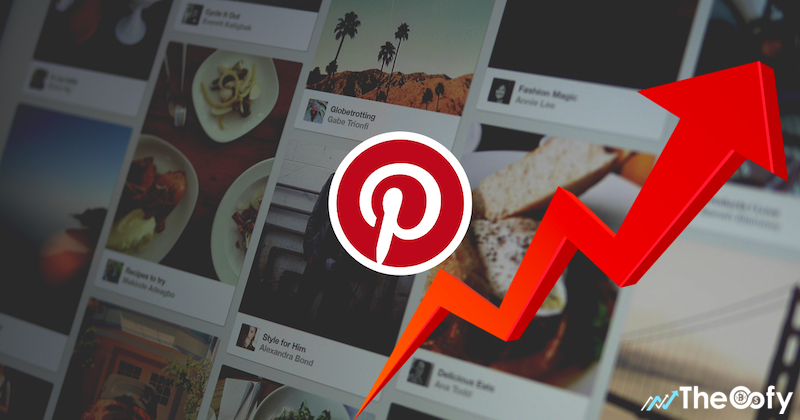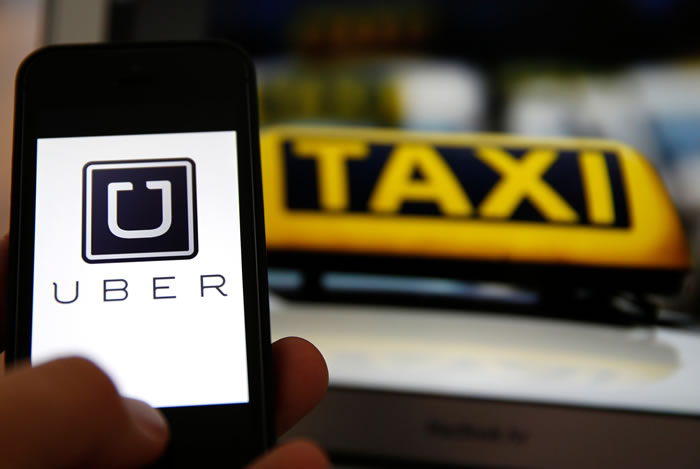Companies from all ındustries are going public but few of them have some earnings or profit after the IPO. Even a giant like Microsoft was profitable at the time of its IPO in 1986 and traded at only four times trailing sales. Google was profitable when it went public. It used to be in the good old days of 20 years ago that a company could not go public if it did not generate a profit—but that’s seen as a radical notion today. Companies going public today are far from profitable, despite their enormous valuations. Uber had an operating loss of $3 billion last year, Lyft lost $911 million, and Pinterest lost $63 million. These companies have approximate IPO valuations of $100 billion, $24 billion, and $10 billion, respectively.
According to the latest IPO news on Nasdaq; with the choppy performance of the Lyft (LYFT) IPO, pricing for the forthcoming Pinterest IPO and Uber IPO has been in question. Much has been made of LYFT’s underperformance, but fundamentals will ultimately rule the day for Pinterest and Uber. Let’s glance to Pinterest IPO and Uber IPO investing.
Table of Contents
Pinterest IPO Investing

If you find yourself with shares of the Pinterest IPO, which will trade under the ticker “PINS,” and get a first-day pop, it might be wise to take some profits.
Investors may point to big investment firms like Kleiner Perkins, Vanguard, and John Hancock Investments having invested at the per share equivalent of $21.54 during Pinterest’s Series G and Series H funding rounds, but it simply shows that valuation excesses can exist in private markets as well.
It would be a mistake to assume that just because smart money like Kleiner Perkins is underwater based on the suggested Pinterest IPO range of $15 to $17 per share that the stock will trade up.
Uber IPO Investing
Despite also posting consecutive years of losses in the years leading up to its IPO, Uber has shown explosive growth across multiple metrics. We are now looking at a company a does 14 million trips per day on six continents in over 700 cities. Last year, Uber hit 10 billion rides facilitated.
It’s important to remember that Uber is a growth story. When IPO investing in Uber, investors are getting more than just a ride-sharing company with extensive scale and a huge market that’s growing. Ride-sharing is the core business at the moment, generating the lion’s share of revenue-$9.2 billion in 2018 up from $3.5 billion in 2016.
Uber purchased Careem just last month, complementary ride-sharing and food delivery business spanning 115 cities across the Middle East, North Africa, and Pakistan. Uber Freight recently expanded into Europe to continue serving SMEs. Freight remains a huge pain point for businesses and Uber offers efficiency improvements over traditional freight brokerage providers. Proceeds from the Uber IPO will help expand Uber Freight’s reach, which has grown to over $125 million in the fourth quarter of 2018. Now you can find the answer to your question in your mind which is “Should I invest in Uber IPO?”
Uber IPO Valuation

According to the latest Uber IPO news on Forbes; the company has not yet provided pricing details, but it is rumored to be seeking a valuation of ~$100 billion. At this proposed valuation, UBER currently earns an unattractive rating.
In almost every respect, Uber looks even more dangerous than Lyft (LYFT), which is already down 20% from its overvalued IPO price. Uber is growing at a slower rate than Lyft, loses much more money, and has an expected market cap that is ~5x higher. Lyft’s IPO seems to have dampened enthusiasm for Uber, which in turn is driving Lyft’s stock even further down. This feedback loop just shows that the valuations of these two companies only make sense in comparison to one another, and not to fundamentals or the rest of the market.
According to Uber, they are still in the early stages of capturing what they estimate to be a $12 trillion (yes, that’s trillion with a “T”) total addressable market that includes personal mobility, food delivery, and freight shipping. For context, the World Bank estimates that global GDP was ~$80 trillion in 2017. Uber is saying they think they can capture 15% of global economic activity. If that goal was remotely feasible, and Uber was at less than 1% of its total addressable market, you’d expect the company’s revenue growth to be rapidly accelerating.
Find All Fundrise IPO, Cosmos Crypto, Zoom Stock, Pin Stock, Yunji IPO, Cloudflare IPO News, Beyond IPO News in TheOofy.com




